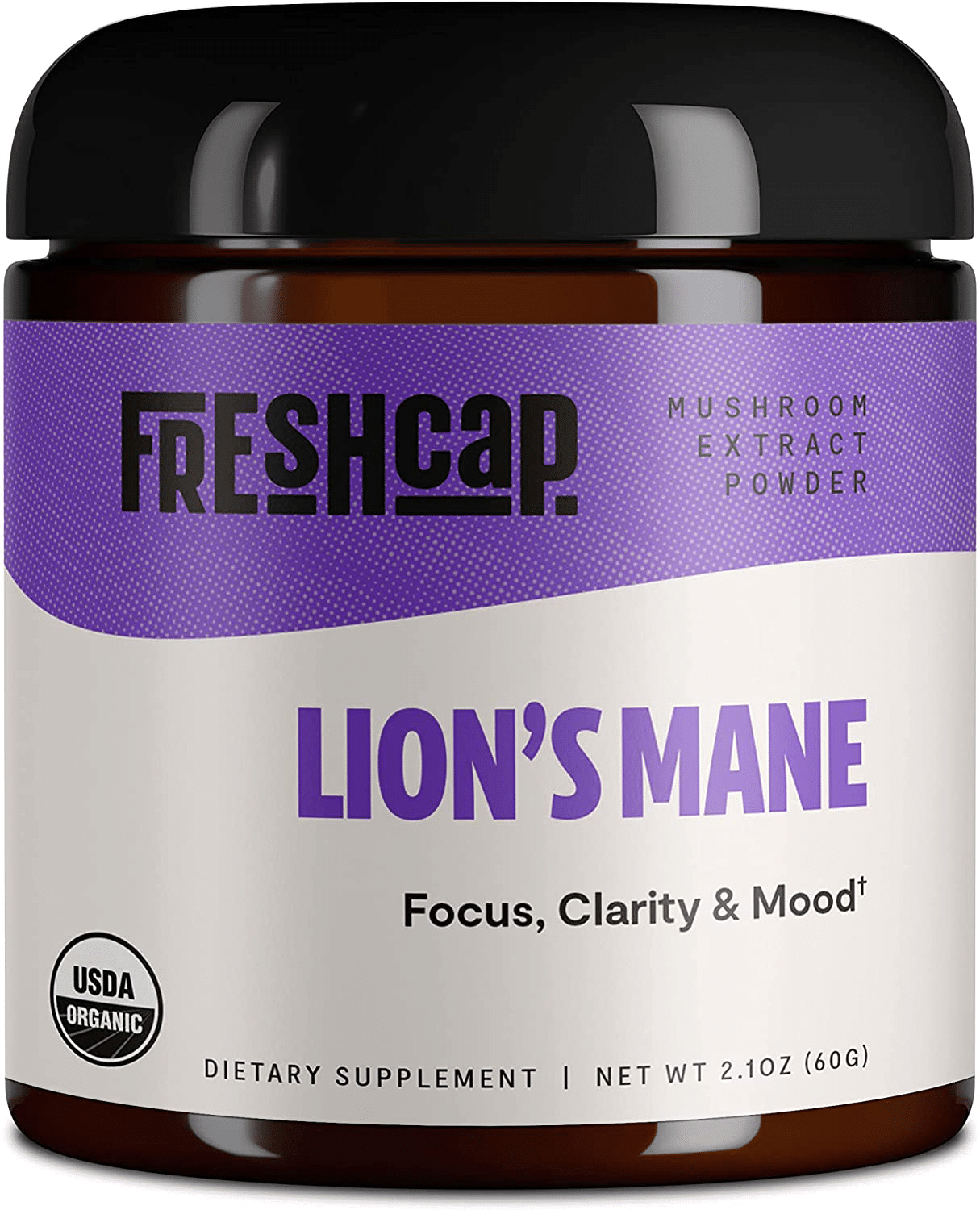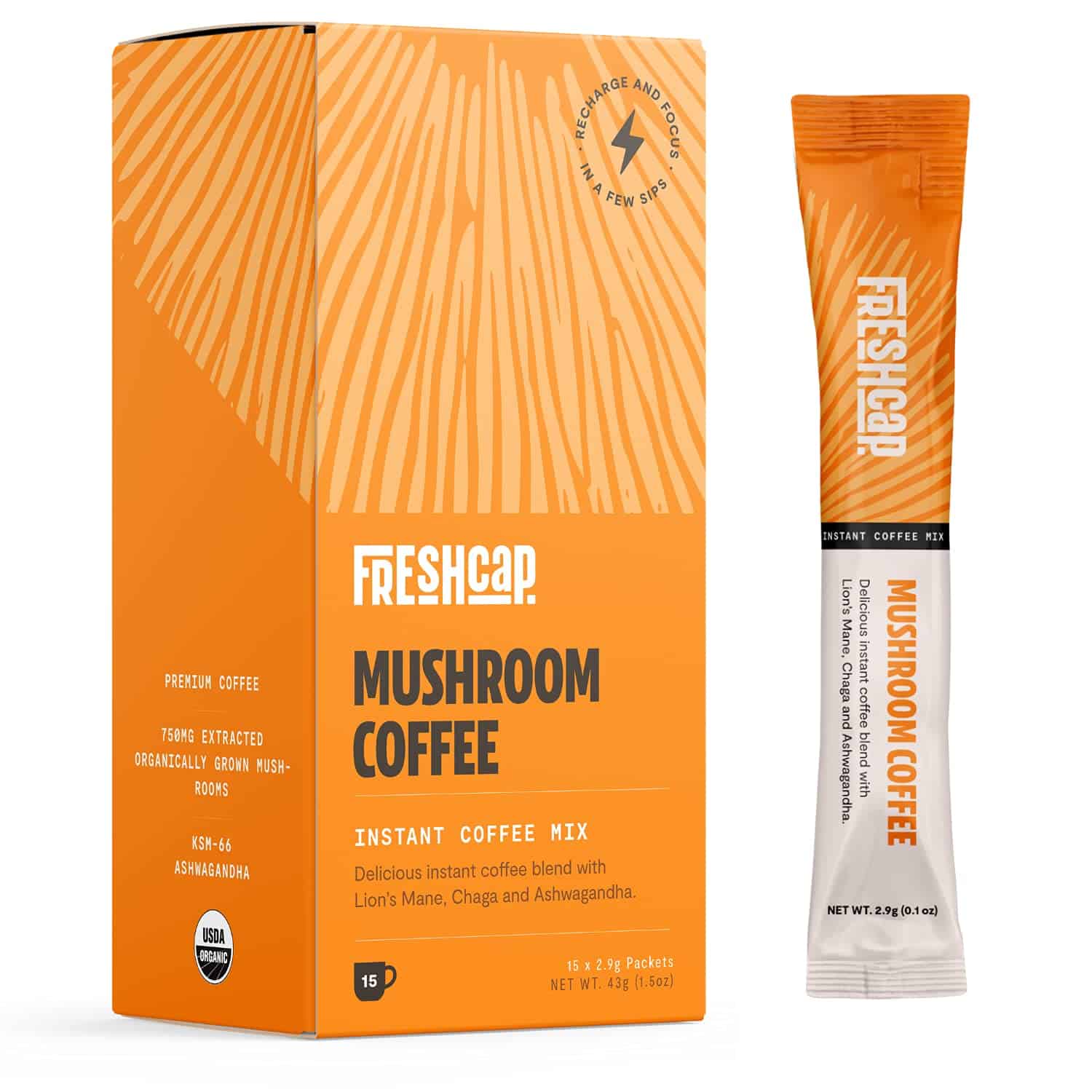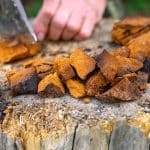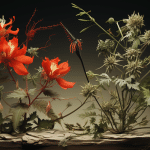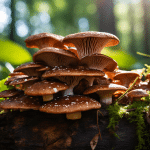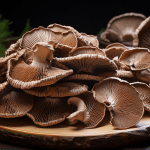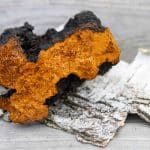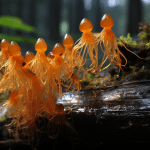Lion’s Mane Review: Is It Any Good?
There is a lot of buzz around Lion’s Mane mushrooms, but does it really have any health benefits? Let’s take a closer look at this mushroom to see if it is worth adding to your diet.
Lion’s Mane has been shown to improve cognitive function and memory. It can also help protect the brain from age-related decline.
Lion’s Mane has anti-inflammatory properties that can help treat arthritis and other inflammatory conditions. It also helps reduce pain in people with chronic pain syndromes like fibromyalgia or rheumatoid arthritis.
It Is Good for Your Skin: Lion’s mane may help prevent wrinkles, age spots, and sagging skin. It may also reduce the appearance of fine lines and wrinkles by increasing collagen production in your skin cells.
It Is Good for Your Hair: Lion’s mane can help prevent hair loss, promote new growth and improve texture. You can find the studies that back up a lot of these claims on our lion’s mane studies page.
Does Lion’s Mane Work?
Are Lion’s Mane products Any Good? Is it worth trying out? I would say yes! I personally use lion’s mane everyday for the nootropic affect. Although I plan on using it for the rest of my life to take advantage of the neuro-protective effects as I age.
There’s a lot of research on lion’s mane mushroom, and the verdict is clear: this fungi does have cognitive benefits. In one study, participants who supplemented with lion’s mane saw an improvement in memory recall and focus. Another study showed that lion’s mane improved creativity and problem solving ability. So, what makes lion’s mane so special?
Lion’s Mane Mushroom and Nerve Growth Factor
One of the key compounds in lion’s mane mushroom is hericystin, which has been shown to stimulate nerve growth factor (NGF) production. NGF is important for maintaining healthy neurons and synapses, and it may play a role in preventing age-related cognitive decline. Hericystin is also responsible for lion’s mane’s delicious, seafood-like taste.
How quickly does lion’s mane work?
This is a question that many people are interested in. Our Lion’s mane review has shown to improve cognitive function and memory in as little as four weeks, but the longer you take it, the better. It can also help with anxiety and depression, making it an all-around great supplement for mental health. Additionally, lion’s mane helps protect the brain from age-related damage, making it an important supplement for those looking to keep their minds healthy as they get older. If you’re looking for a way to improve your mental health quickly, lion’s mane is definitely the way to go.
How to Take Lion’s Mane Mushroom
Lion’s mane mushroom can be taken in capsule, powder, tincture, or even in gummy form, and it can be taken with food or on an empty stomach, whatever you prefer. When starting out, it’s best to start with a lower dose and work your way up, as some people may experience gastrointestinal discomfort at higher doses, but that’s very rare.
You can find our favorite capsules, powders, and tincture’s on the following pages of our website and learn more about each individually, or find a few of our favorites in the table below:
So, does lion’s mane work? The answer is clear yes. You can find the best lion’s mane supplements in a range of different products in capsule form, to even coffees. You can read more about each type of lion’s mane product in some of our other posts, but below are a few of our favorites.
This post contains affiliate links and I will be compensated if you make a purchase after clicking on my links. We and the vendors we highlight appreciate your support.
How much lion’s mane should I take daily?
This is a question that many people ask, and the answer can vary depending on the person. According to our lion’s mane review, some people may only need a small amount each day, while others may need more. It’s best to start with a smaller dose and increase it gradually if needed. You don’t want to take too much lion’s mane at once, because that can cause stomach upset and other problems, but as we mentioned earlier it’s a very rare side effect.
The amount of lion’s mane you take will depend on many factors such as your weight, body size, age, medical history (if any). But the general consensus is you can very safely take 1-3 grams per day. I personally take half a gram per day since I’m taking it with other functional mushrooms like cordyceps, reishi, chaga, and turkey tail.
Always consult with your doctor if you’re taking any medications or concerned about any potential side effects when adding lion’s mane to your supplement routine.
More Info on Lion’s Mane Mushroom
Hericium erinaceus (also known as lion’s mane mushroom, mountain-priest mushroom, or bearded tooth fungus) is an edible member of the tooth fungus group that may be eaten.
It’s a little (less than 5 cm), dark-colored, hairy mushroom that grows in clusters on hardwoods. It has long spines (greater than 1 cm length) and prefers to grow a single clump of dangling spines. The fruit bodies may be eaten when ripe.
Hericium erinaceus can be mistaken for other Hericium species that grow in the same region. These mushrooms are typical throughout late summer and fall on hardwoods, particularly American beech and maple, in the wild. It is generally regarded as a saprophyte since it mostly consumes dead trees. It can, however, be found on living trees, implying that it may be a tree parasite. This might suggest an endophytic environment.
Latin and Regular Names
In Latin, the common name Hericium means “hedgehog.” The German name Igel-Stachelbart (literally, hedgehog goatee), as well as some of its English names, such as bearded hedgehog and hedgehog mushroom, reflect this.
Fruiting body
Lion’s Mane fruiting bodies are large, bulbous tubercules with irregular, porous bulbs. They have a diameter of 5-40 cm (2-15.5 inches) and are characterized by dense clusters of hanging spore-producing spikes that reach lengths of 1-5 cm or more.
White to cream, the fruit bodies and spines of this fungus develop a yellow-brown color when older.
The hyphal system is monomitic, amyloid, and made up of thin- to thick-walled hyphae that are 3–15 microns (um) or less in diameter.
The hyphae also include clamped septa and gloeoplerous components (filled with oily, resinous chemicals), which can enter the hymenium as gloeocystidia.
Where Lion’s Mane Can Be Found
The fruitbodies are produced primarily annually throughout August to November in Europe. H. erinaceus was observed to produce fruit every few years for 20 years on the same dead tree. It has been suggested that H. erinaceus may live for 40 years. The bifactorally heterothallic mating system of H. erinaceus individuals was discovered in the United States.
Hericium species may be found all throughout the northern hemisphere. For centuries, Hericium erinaceus has been used in traditional Chinese medicine and its manufacturing is common across Asia, mostly employing extensive production techniques on wood logs or stumps.
Lion’s mane is present in Asia in higher proportions than any other species of fungi, was first observed in North America. It’s only produced on a minor scale there. The majority of it is produced inside and only a few small areas are used for log cultivation outdoors. H. erinaceus, H. americanum, and H. coralloides are three Hericium species that may be found in eastern North America.
Culinary and Phytochemical Use
Hericium erinaceus is a flavorful culinary hericium. The finest young specimens are considered. H. erinaceus, alongside shiitake (Lentinus edodes) and oyster (Pleurotus ostreatus), is used as a specialty mushroom in some areas.
Hericium erinaceus contains a wide range of phytochemicals, including polysaccharides such as β-glucan, hericenones, and erinacines.
Growing Lion’s Mane Mushrooms
As a saprophyte that grows on dead wood thrives in an environment with adequate substrate components, such as appropriate carbon and nitrogen sources, a specific pH level, and the optimal carbon/nitrogen ratio.
This mushroom development has been accomplished on a wide range of materials. The substrate may be either solid (artificial log) or liquid (submerged culture and deep submerged culture), depending on the sort of cultivation. The sawdust base is generally a combination of hardwood or coniferous sawdust with various contrasts that may include wheat bran, wheat straw, soybean meal, corn meal, rice bran and rice straw. H. erinaceus strains, for example, grow on beech sawdust containing wheat bran (20%), rye grain (25%), soybean meal (7%), rapeseed meal (10%) or meat-osseous flour (6%).
Growing Techniques
The mushroom was first farmed in China in 1988. It is grown in imitation logs, bottles, and polypropylene bags. However, due to its low yield and lengthy growth cycles, this sort of man-made production is not practical for industrial manufacturing.
Submerged culture is a method of producing H. erinaceus fungus in a liquid environment. A large number of mycelia may be produced promptly using this technique. The fruiting bodies, submerged-cultivated mycelial biomass, or liquid-cultivated broth can all be used to extract bioactive chemicals. To generate simultaneously high H. erinaceus mycelial biomass, exopolysaccharides, and polysaccharides yields, growers adjust the culture medium composition. For the development of mycelial biomass and biologically active substances, submerged fermentation is best since it leads to a more uniform biomass and extraction.
Additional Resources:
Where to Buy Lion’s Mane Mushrooms
Lion’s Mane Mushroom Side Effects
Updated 10/4/2022


